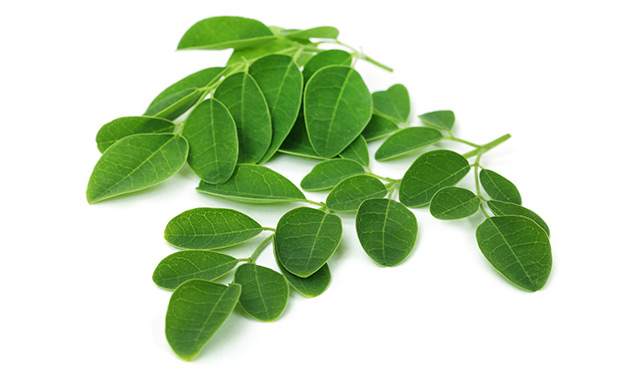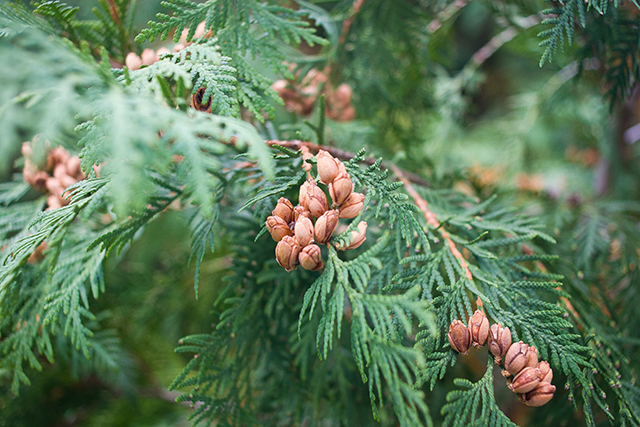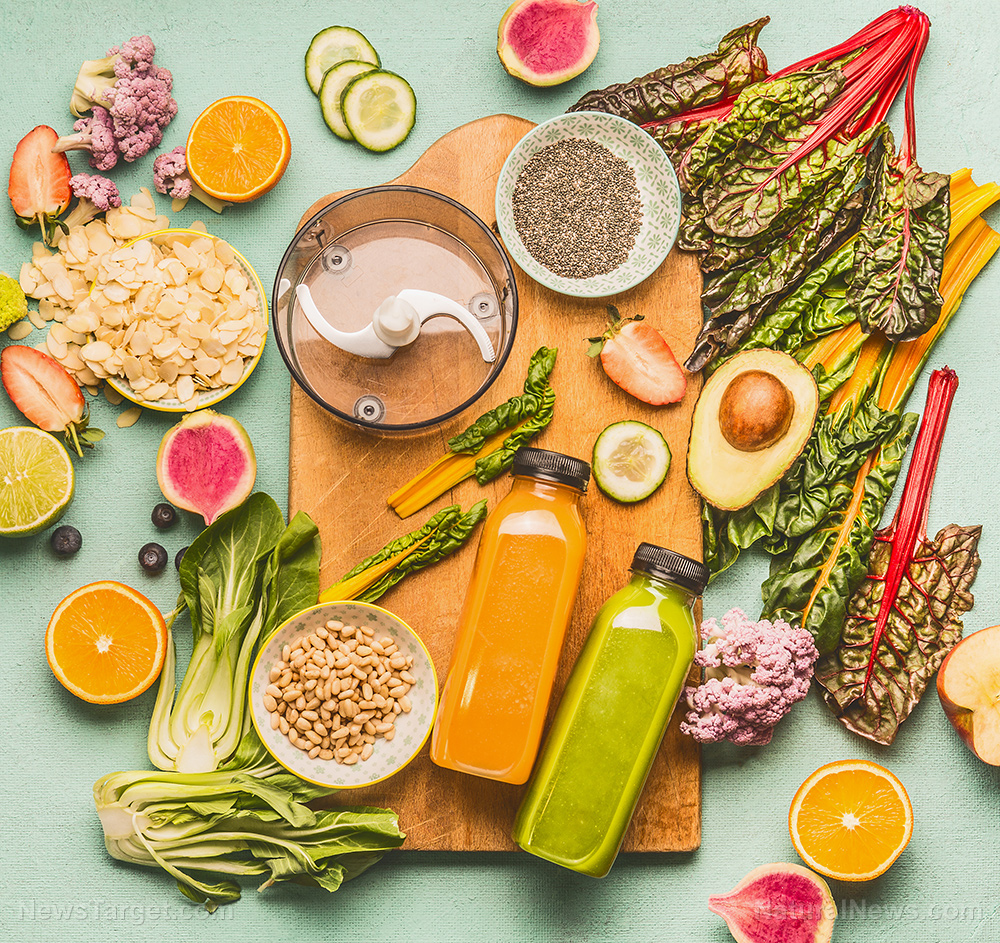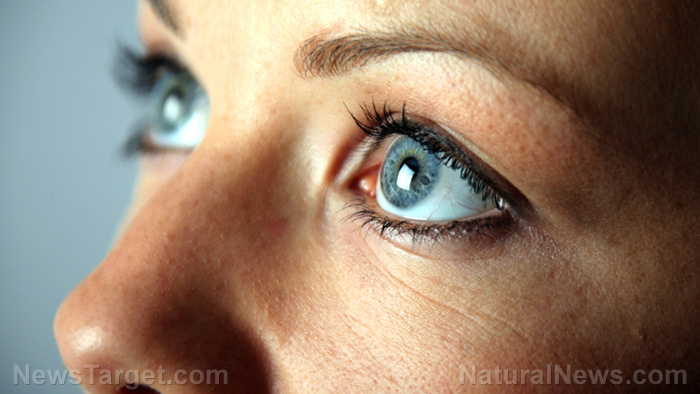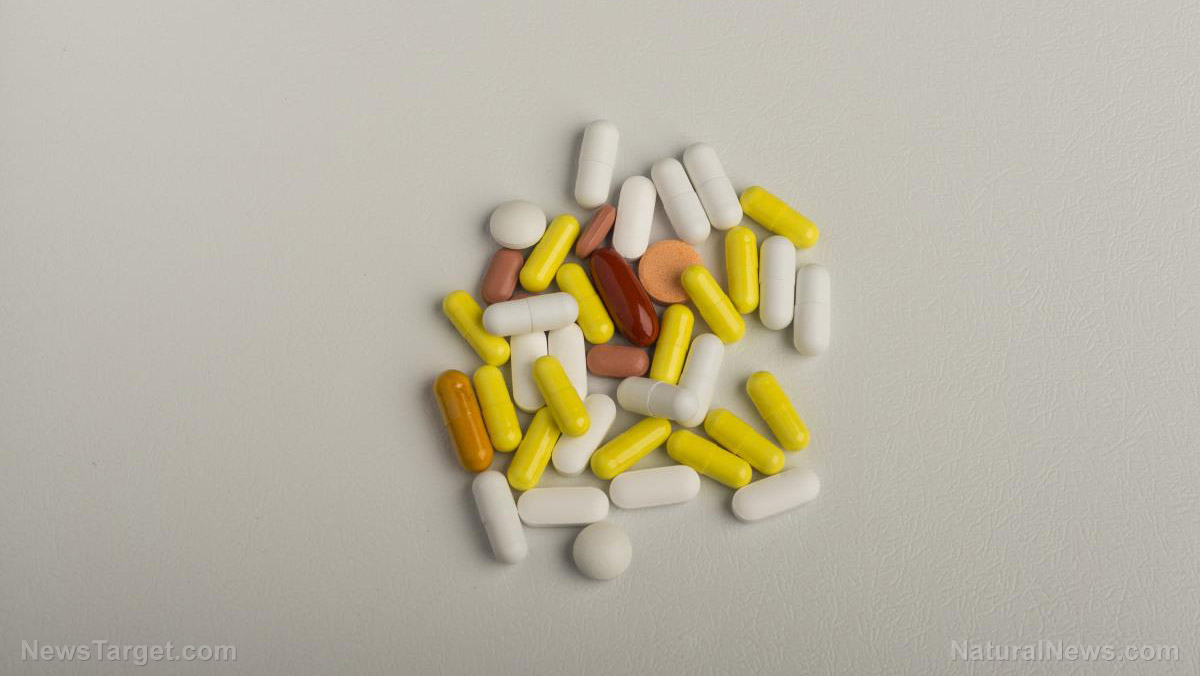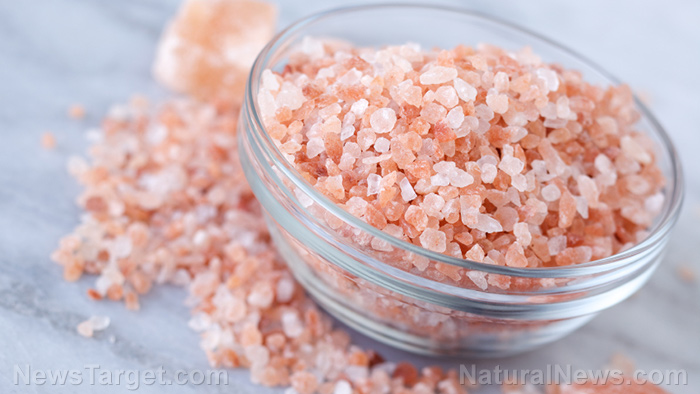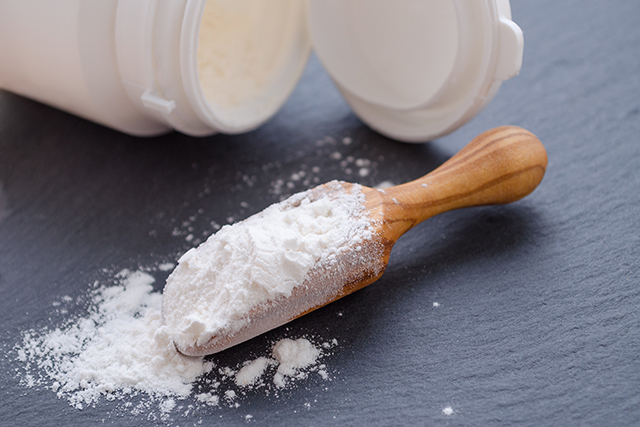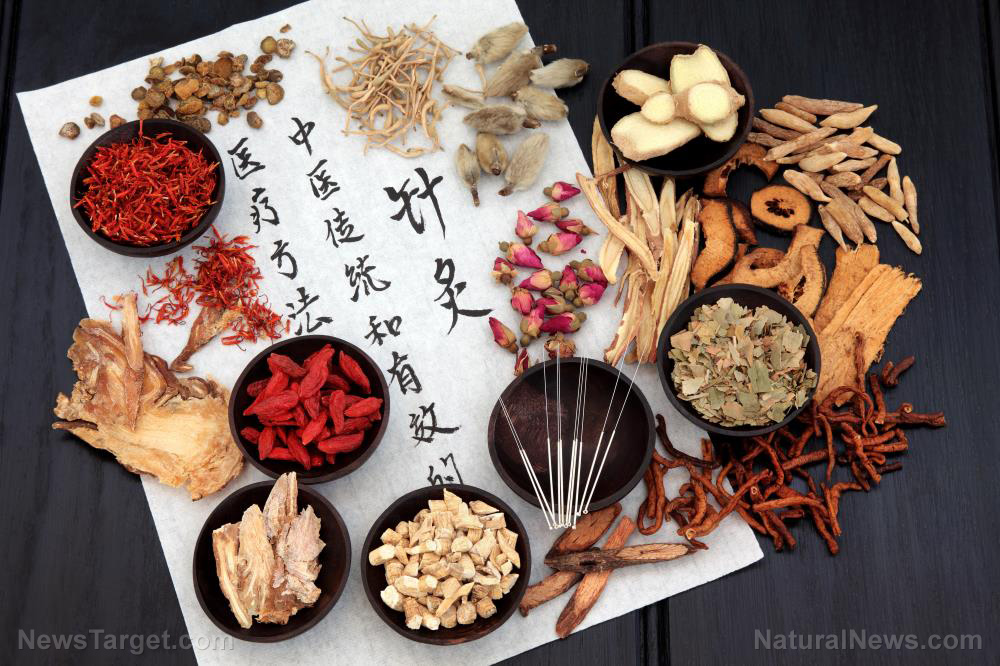Cocoa found to prevent type-2 diabetes
10/31/2017 / By Michelle Simmons
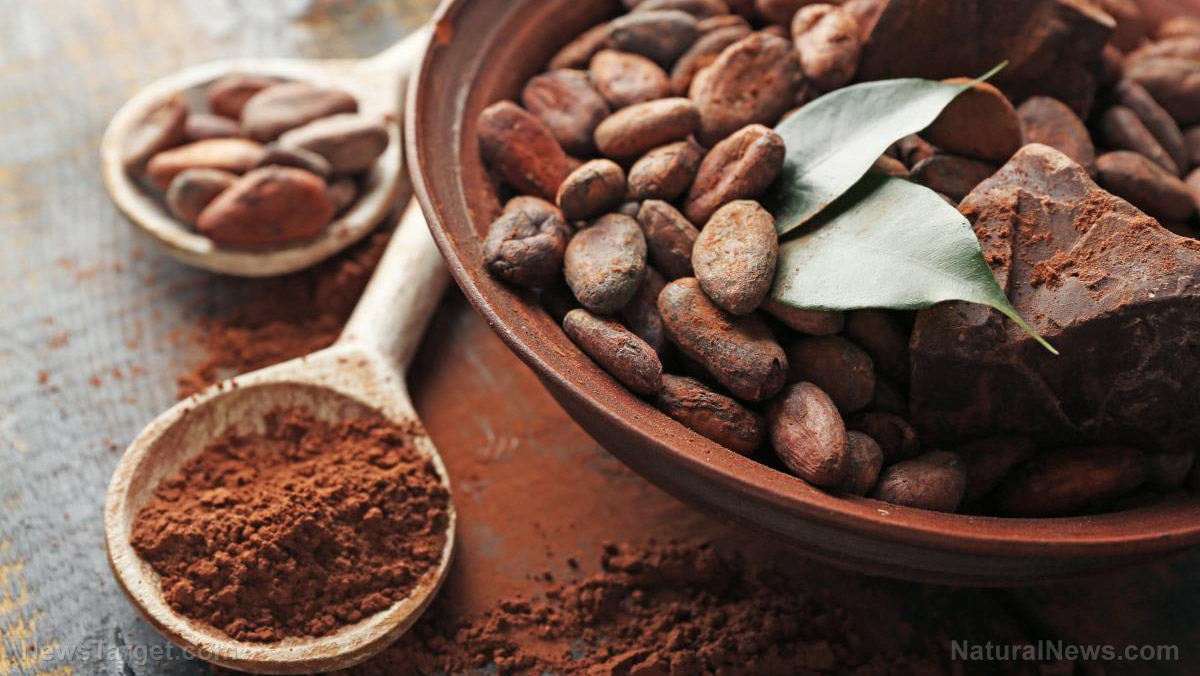
Research has found that cocoa contains certain compounds that can help the body release more insulin and respond to increased blood glucose (or blood sugar) better.
But do not stock up on too much sugar-rich chocolates at the check-out counter just yet.
Jeffrey Tessem, study author and assistant professor of nutrition, dietetics, and food science at Brigham Young University (BYU), said that for it to actually be effective, one has to eat a lot of cocoa without having a lot of sugar in it.
“It’s the compound in cocoa you’re after,” Tessem emphasized.
When a person has diabetes, medically known as diabetes mellitus, either his body does not produce enough insulin, the hormone that manages glucose, or does not process the blood sugar properly. This is caused by the failure of beta cells, whose job is to produce insulin.
Diabetes had become so rampant that more than 29 million Americans, or 9.3 percent, of our country’s population have diabetes, according to a report by the Centers for Disease and Control Prevention (CDC). Alarmingly, 86 million adults have pre-diabetes, a condition wherein blood sugar levels are higher than normal but not high enough to be considered as type-2 diabetes. Fifteen to 30 percent of these people will develop type-2 diabetes without weight loss and moderate physical activity.
In search for the cure, who would have thought that eating chocolate can help prevent and cure type-2 diabetes?
The study was a collaboration between Virginia Tech and BYU. Virginia Tech collaborators first conducted an experiment by feeding the cocoa compound to animals on a high-fat diet. Researchers found that the cocoa compound would decrease the level of obesity in the animals and would increase their ability to deal with increased blood glucose levels.
After that, the BYU team, comprised of graduate and undergraduate students in Tessem’s lab and the labs of Ben Bikman and Jason Hansen (BYU professors of physiology and developmental biology), analyzed what was happening on the beta cell level, specifically. The certain nutrients named epicatechin monomers, which enhance the ability of beta cells to secrete insulin, were finally identified.
“What happens is it’s protecting the cells, it’s increasing their ability to deal with oxidative stress,” Tessem explained.
He further explained that the epicatechin monomers are making the mitochondria in the beta cells stronger, which produces more ATP (a cell’s energy source), which then results in more insulin being released.
Although there had been previous studies on similar compounds found in cocoa that help prevent diabetes, this research shows that the epicatechin monomers — the smallest of the compounds — are the most effective.
“These results will help us get closer to using these compounds more effectively in foods or supplements to maintain normal blood glucose control and potentially even delay or prevent the onset of type-2 diabetes,” said study co-author Andrew Neilson, assistant professor of food science at Virginia Tech.
The researchers believe that instead of eating so much of those chocolate bars, there is a need to start looking for ways to take the epicatechin monomers out of cocoa, make more of it, and then use it as a potential cure for diabetes patients.
As of today, there is no exact cure for type-2 diabetes, formerly known as non-insulin dependent or adult-onset diabetes. However, one may be able to manage the condition by eating well, exercising, and maintaining a healthy weight. People with this type of condition are more prone to serious health complications like heart disease, kidney failure, vision loss, amputation of toes, feet, or legs, and premature death.
Read more articles about diabetes at DiabetesScienceNews.com
Sources include:
Tagged Under: Cacao, Chocolate, cocoa, diabetes, Diabetes treatment, health, natural remedies, nutrients, research




